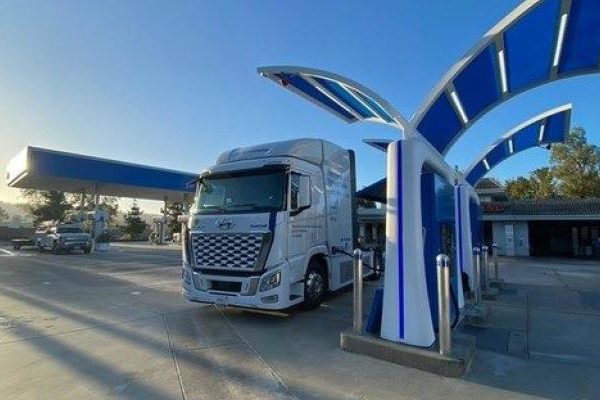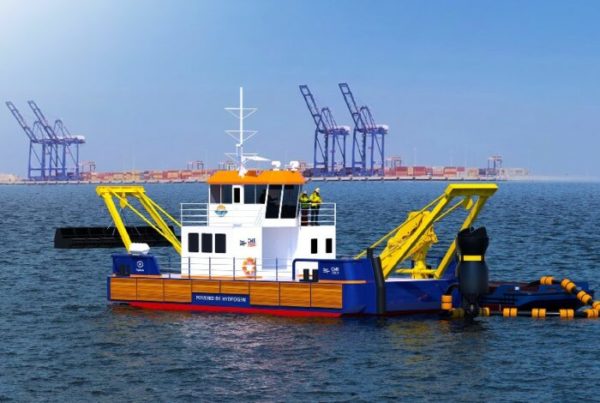
The British government has announced the first round of funding for clean hydrogen projects and begun calls for the second, setting in motion a strategy which industry says is commendable but must move faster.
The UK aims to install 10 GW of low carbon hydrogen production capacity by 2030, with 6 GW of that from electrolyzers and the rest carbon capture, usage, and storage CCUS. By 2025, the goal is to have up to 1 GW of electrolytic hydrogen capacity and up to 1 GW of CCUS-enabled hydrogen in construction or operation. Britain currently has minimal electrolyzer capacity but money has started to move to clean hydrogen projects.
“We commend the government on the foundations that it’s put in place, and the efforts that it’s made to get this started,” says Celia Greaves, CEO of the UK Hydrogen Energy Association. “However, there’s a lot still to do, and I think we need to move further and faster, particularly if we want to meet our targets.”
In December, the government announced the funding for 11 new production projects worth 125 MW under the electrolytic Hydrogen Allocation Round (HAR1).
The projects will receive around 400 million pounds ($504.0 million) over the next three years as part of the government’s 2 billion pound funding plan over the next 15 years. The HAR1 allocations were hailed as a significant milestone in the development of a UK hydrogen economy.
“They represent a shift from policy development to project delivery, giving industry more clarity on the route to final investment decisions,” COO of Hydrogen at RWE Generation Sopna Sury said in a statement.
Part two of the allocation round, HAR2, for which applications must be submitted by April 19, 2024, will allocate up to 875 MW, while HAR3 and HAR4, expected to be launched in 2025 and 2026 respectively, will aim to allocate a further 1.5 GW.
While HAR focuses on boosting production, another UK program, the Net Zero Hydrogen Fund (NZHF) worth up to 240 million pounds, supports projects across the clean hydrogen value chain.
The NZHF rounds are focused on two areas, with strand 1 aimed at early development stages of hydrogen projects, covering front end engineering design (FEED) studies and post-FEED development activities, while strand 2 focuses on supporting projects ready for construction, providing capital expenditure for building facilities.
The UK hydrogen strategy aims to cover all the bases, with the HAR funding mechanism bridging the gap between the cost of producing clean hydrogen and fossil-fuel methods, and the NZHF’s wider focus of production, storage, opens new tab, distribution, and end-use applications of hydrogen.
Read the most up to date Fuel Cell and Hydrogen Industry news at FuelCellsWorks





